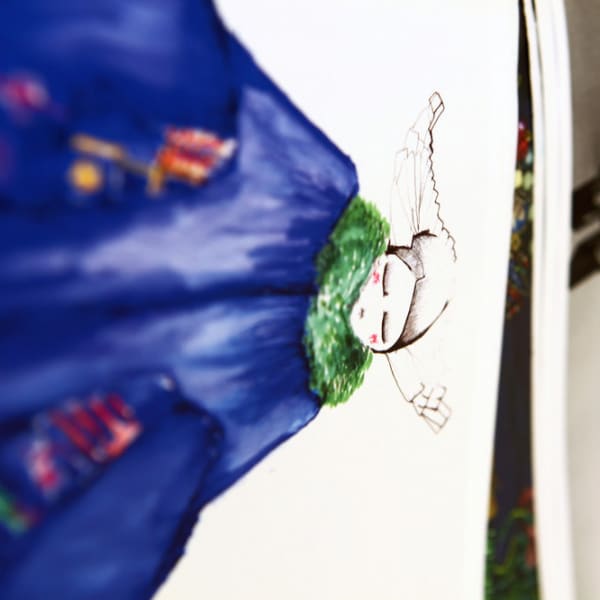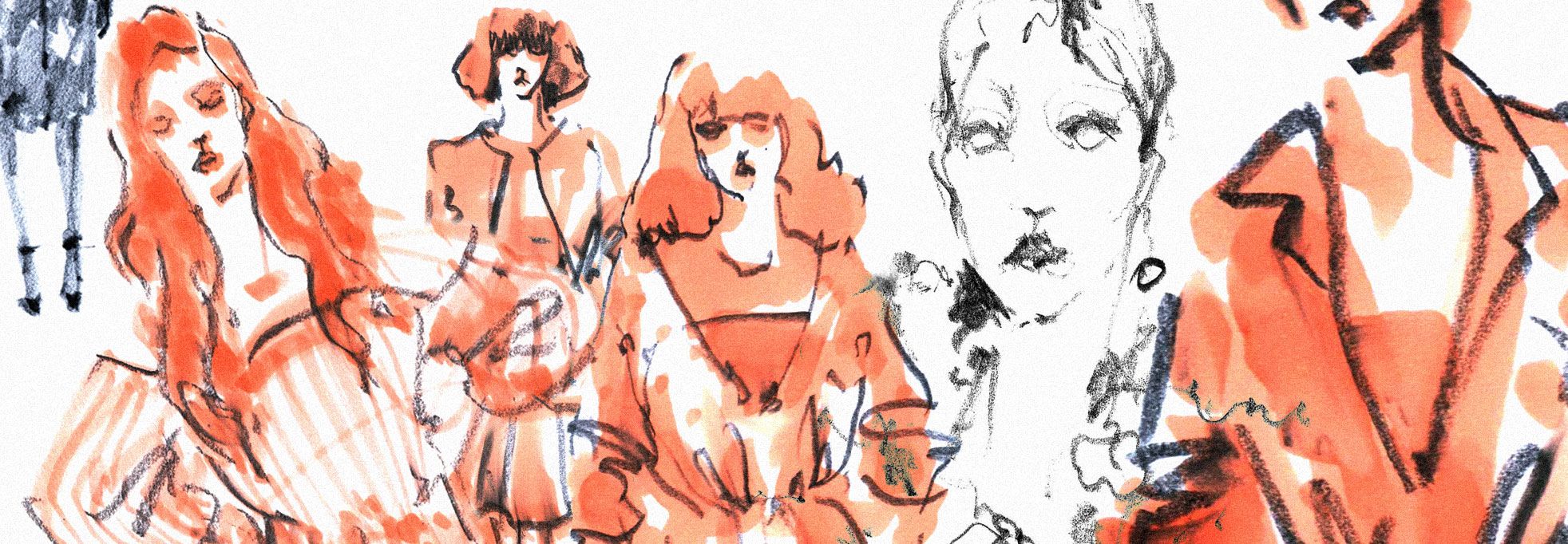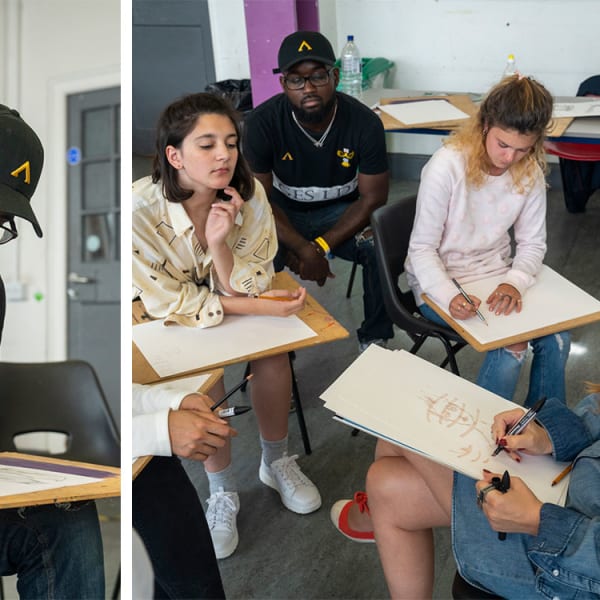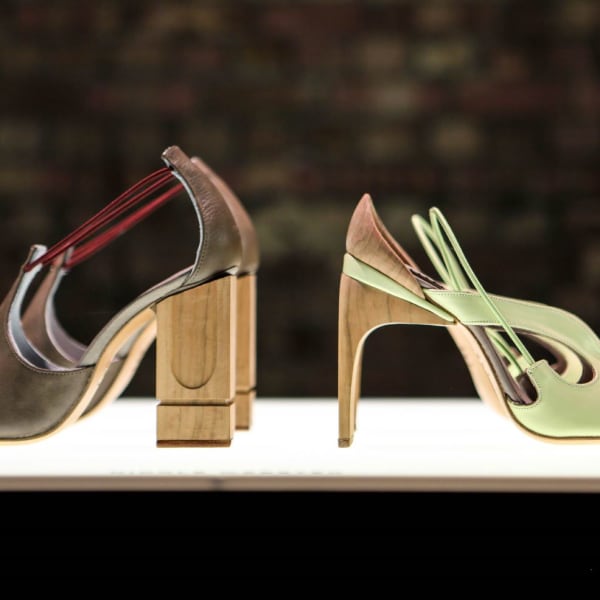
How to Make Fashion Drawing and Illustration Templates

- Written bySteve Williams
- Published date 25 November 2022

As a fashion designer, when you are developing designs and striving to express unique ideas and styles, it is very limiting to work with standard fashion drawing templates.
Fashion illustration and drawing lecturer Ana Stankovic recommends designers learn how to draw their own figures, and these short tutorial videos will show you how.
Why is it important to draw your own fashion illustration templates?
There are many reasons why you should draw your own templates. It allows you to;
- choose poses for your templates, and add movement
- design garments from all angles
- work with your choice of body shape, or design for specific clients
- learn about anatomy and posture, which will make you a better designer
- create figures which are styled in a way that helps communicate your creative vision
- A crucial skill for fashion design
How do I find my fashion illustration style?
The goal is to create a unique fashion illustration style that stands out from other illustrators. To find your niche, you need to ask yourself which message you want to illustrate. Be different and never stop practising!
How long does it take to learn how to draw your own fashion templates?
It is possible to develop this skill within about two weeks if you practice regularly. The more experience in technical drawing and illustration you have already, the better, but as long as you keep practising, you will improve. The process of fashion illustration starts with a croquis. And you can then begin to build your design on top of this figure. The techniques outlined below will quickly get you started.
Method 1: The Tracing Method
In this method, you work with pencil to make light and fast sketches of a reference picture, focusing on movement and overall structure. Then you make a series of iterative tracings of your flat sketch, and in each iteration correct and improve aspects of the template, such as proportion and gesture. Once you are happy with the fashion figure template, your next tracings can begin to add garments and designs to the template.
Method 2: Drawing with a Marker
In this method you also work with a reference picture, but you start with a thick marker or highlighter pen, and try to lightly and quickly capture the main areas of tone and colour. Then, with a pencil, start to add lines to lay out the main silhouette and anatomy. You should follow the main shapes of the tonal drawing, but try to resolve and correct any issues. Then continue to add pencil detail and more tones, to continue to develop the template.
Method 3: Drawing Exercises for Loosening Up
Many people doubt their drawing ability, or don’t know how to ‘see’ a reference picture in the same way that an experienced artist can see. These exercises are fun, and if you practice regularly they will help you develop your artistic eye, and skill with the pencil. The important thing is to work quickly without second-guessing yourself, and to try to make loose and experimental sketches, rather than perfect images.
The techniques are;
- Drawing with a continuous line
- Drawing with tone
- Drawing with negative space
- Drawing with two hands at once
Next steps
If you are inspired by these tutorials, get out your pencils and have a go yourself. Here is what you will need.
- A3 Tracing paper
- Promarker Skin Tones markers (or similar)
- Soft pencils (2B or 4B)
- A range of reference pictures
For more techniques and methods, and feedback and help with your skills, you could also try Ana's online course in fashion drawing.
Nurture your passion in the comforts of your own home! Check out our Starting Fashion Illustration Online Short Course.
![]()

Ana Stankovic-Fitzgerald
Fashion Illustration and Drawing Lecturer![]()
Ana Stankovic-Fitzgerald has been teaching fashion drawing and illustration at London College of Fashion since 2003. She is a member of the Association of Illustrators and has had freelance commissions published online, in magazines, books, as advertisements and in corporate literature.
Ana's work was selected for the 'Best of British Illustration' in 2001 and exhibited at numerous venues abroad and in the UK including exhibitions at the Royal College of Art, AMV BBDO, Graduate Fashion Week and the Association of Illustrators Exhibition.
Ana is passionate about the craft of drawing and teaching drawing and she has a vast knowledge and expertise in utilising & experimenting with various media including charcoal, ink, watercolours, collage, markers, pastels, acrylics, oils, Adobe Photoshop, Adobe Illustrator, Lectra Kaledo Style and various IPad applications.

